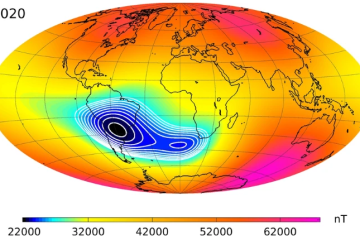Penguins vs Sharks: Understanding Their Natural Interactions

Introduction
The delicate balance of marine ecosystems often showcases dramatic encounters between predators and prey. Among these interactions, the dynamics between penguins and sharks pique the interest of researchers and nature enthusiasts alike. Understanding the relationship between these two species sheds light on their adaptations and the complexity of their habitats, particularly in regions like the Southern Hemisphere, where they coexist.
Penguins: Agile Hunters of the Sea
Penguins are flightless birds known for their remarkable swimming capabilities. They primarily dwell in the Southern Hemisphere, particularly in Antarctic regions. Species such as the Emperor and Adelie penguins are adept at navigating icy waters and hunting for fish, krill, and other marine life. Penguins have evolved streamlined bodies and strong flippers, allowing them to reach speeds of up to 15 miles per hour underwater, making them agile hunters.
Sharks: Apex Predators
Sharks are among the ocean’s most formidable predators, known for their keen senses and hunting prowess. Species like the Great White and Leopard shark often inhabit the coastal regions where penguins reside, particularly during the breeding season. These sharks rely on their acute sense of smell and electroreceptors to locate prey, making them highly effective hunters in their ecosystems. Their presence is crucial for maintaining the ecological balance within marine environments.
Interactions and Ecosystem Dynamics
The interactions between penguins and sharks primarily occur in areas where both species share feeding grounds. Penguin colonies, often located on beaches or rocky coasts, can attract sharks, especially during the molting season when penguins are more vulnerable. Although penguins are not the primary food source for sharks, incidents of predation do occur. These moments highlight the ongoing dance of survival in nature, where each species has adapted its behaviors to thrive in their particular niches.
Conclusion
The relationship between penguins and sharks is a fascinating example of predator-prey dynamics in marine ecosystems. While penguins have evolved various strategies to evade predators, the presence of sharks plays an essential role in regulating their populations. As climate change and human activities continue to alter marine habitats, understanding these interactions becomes increasingly important for conservation efforts. Preserving the delicate balance within these ecosystems ensures the survival of both penguins and sharks and the health of our oceans. This interconnectedness illustrates the broader implications of biodiversity and the need for continued research and protection of our natural world.








